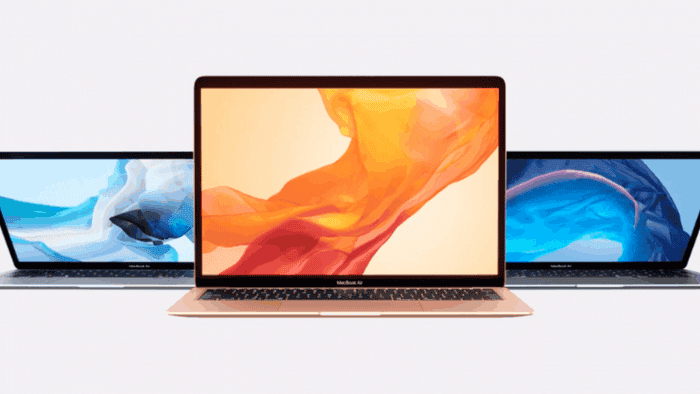In 2005, Apple gave up using PowerPC processors for its computers. Instead, the company adopted Intel processors. Now, we’re in 2020 and the company is making another drastic change. Apple plans on using its custom-designed chips based on AMR, instead of Intel. After many rumors regarding Apple’s intention of ditching Intel processors, it’s now official as the company revealed the new strategy at WWDC. The first Macs featuring Apple-made processors will ship before the end of 2020. Meanwhile, the company is recreating apps to ensure that everything will run smoothly on the new platform.
In the coming months, third party developers will need to make the very same adjustments. For that reason, the company is launching a Quick Start Program that will help them with this purpose. It provides access to documentation, forums support, as well as beta versions of macOS Big Sur and Xcode 12, as well as the limited use of a Developer Transition Kit (DTK). It’s a Mac mini running Apple’s A12Z Bionic SoC paired with 16GB of RAM and 512GB SSD. The program is available right now and costs $500.

According to Apple, most developers should be able to “easily create a single app that taps into the native power and performance of the new Macs with Apple silicon. It also supports Intel-based Macs”. As for porting from the Intel/x86 platform to ARM, the company expects most developers will be able to get their app working in just a few days. Of course, there are a lot of optimizations needed, so the process may take a while. Still, there should be plenty of time until the first ARM Mac reaches the market.
Of course, the Cupertino-based giant is pretty aware of the fact that not all third-party apps will be ready in time. For that reason, the company is providing a backup solution in the form of Rosetta 2. It will allow you to run existing Mac apps that haven’t been updated, that include apps with plug-ins. One of the greatest benefits of this transition is that developers will be able to make existing iPhone and iPad apps for Macs without any modifications. Users will be able to download these apps from the Mac App Store.
With ARM-based chips, new Macs will have industry-leading performance
According to the company, Apple SoCs for Macs will give them “industry-leading performance per watt and higher performance GPUs”. The Neural Engine will help developers use machine learning even more. This move will also create a common architecture across all Apple products. Therefore, developers will be able to write and optimize software for the entire ecosystem.
macOS Big Sur, announced today, has a range of technologies built-in to help this transition. It will be the OS version to power the first ARM-based Macs. Apple is confident that the transition from Intel to its custom designs based on an ARM will take around two years. Meanwhile, the company will still launch some Intel-based Macs too. More importantly, the company states that Intel-based Macs will be supported for a long time.






To me, this is the only “game-changer” of the whole announcement. The ability to run IOS apps on a Mac natively.